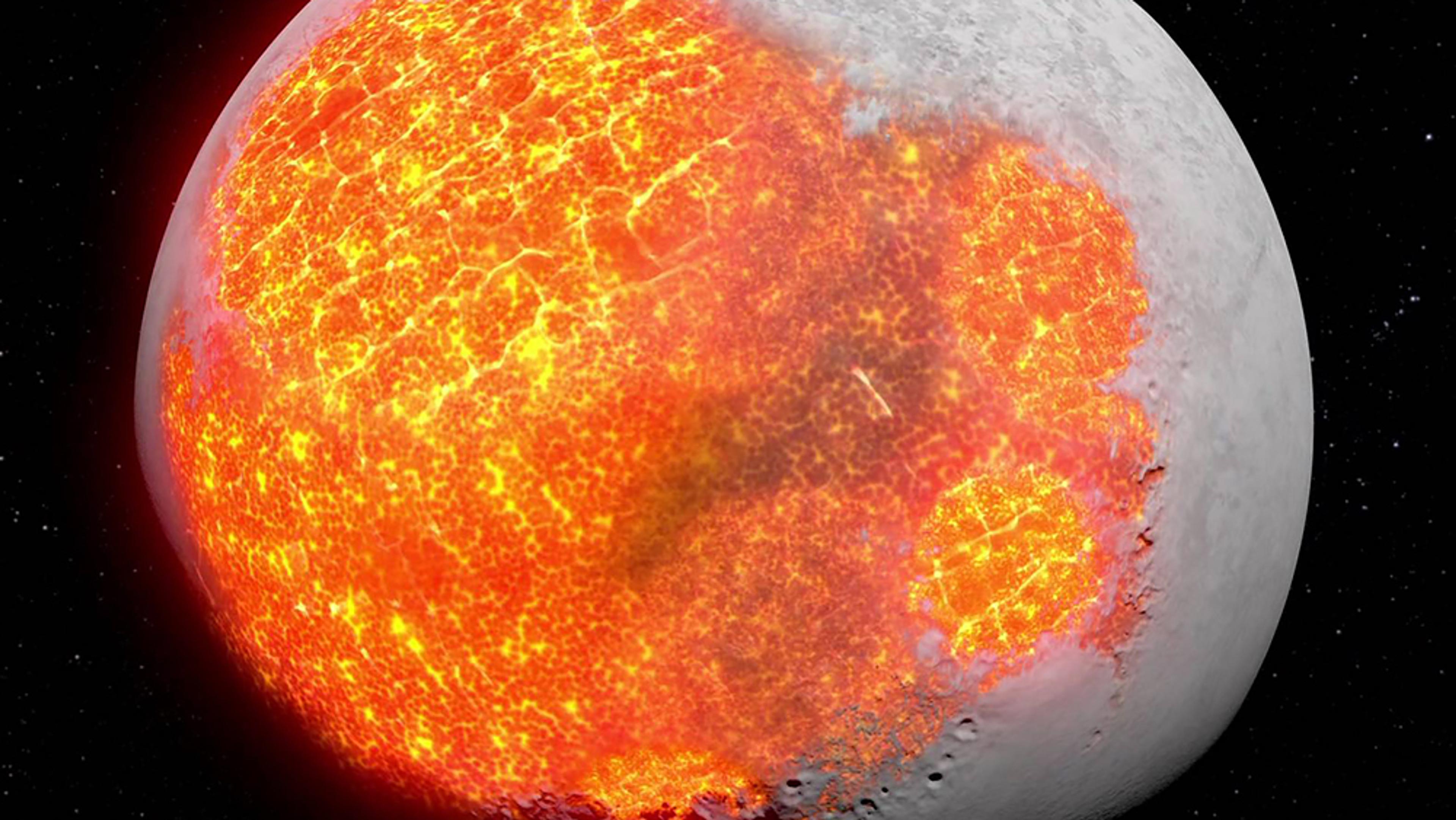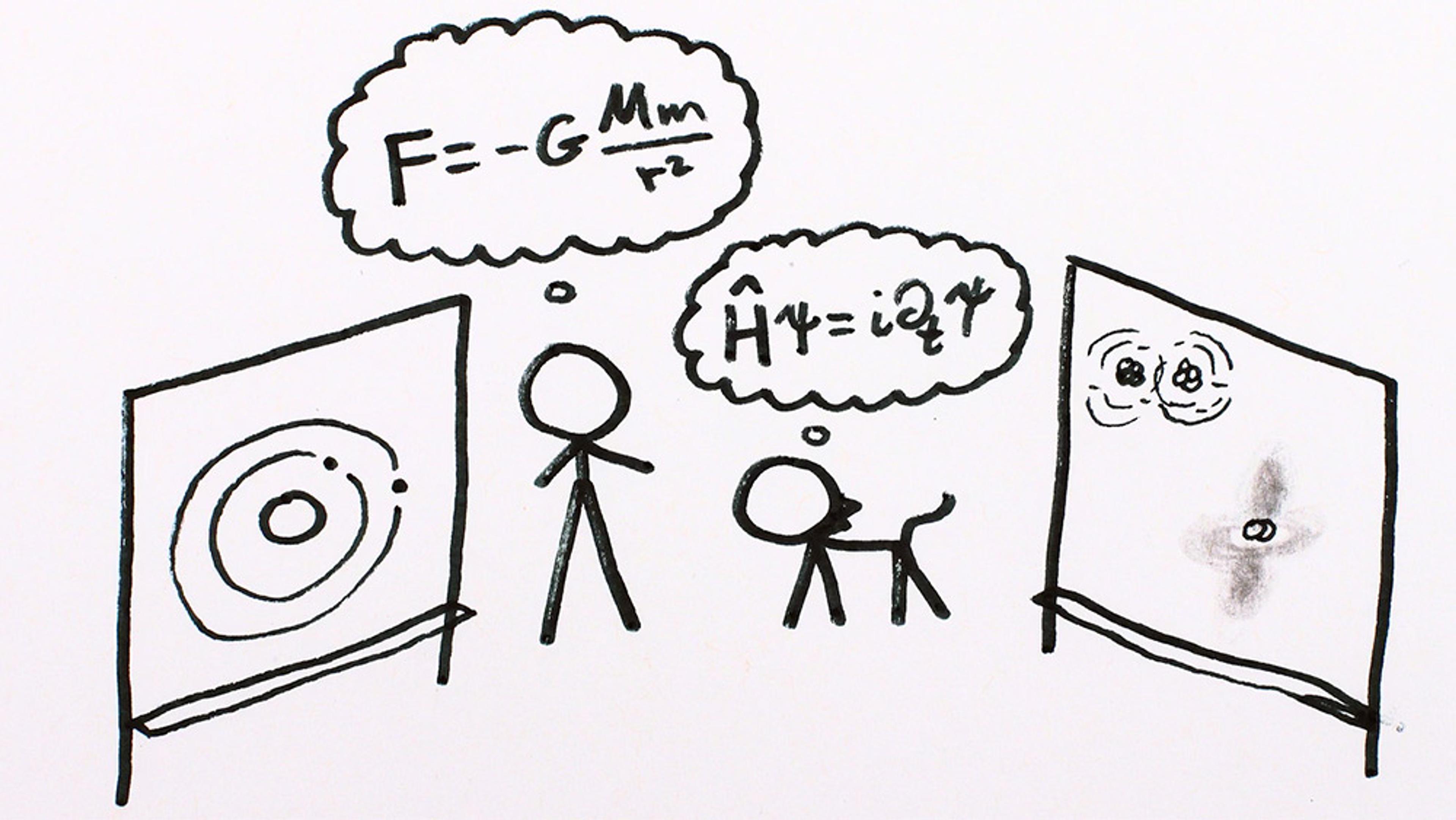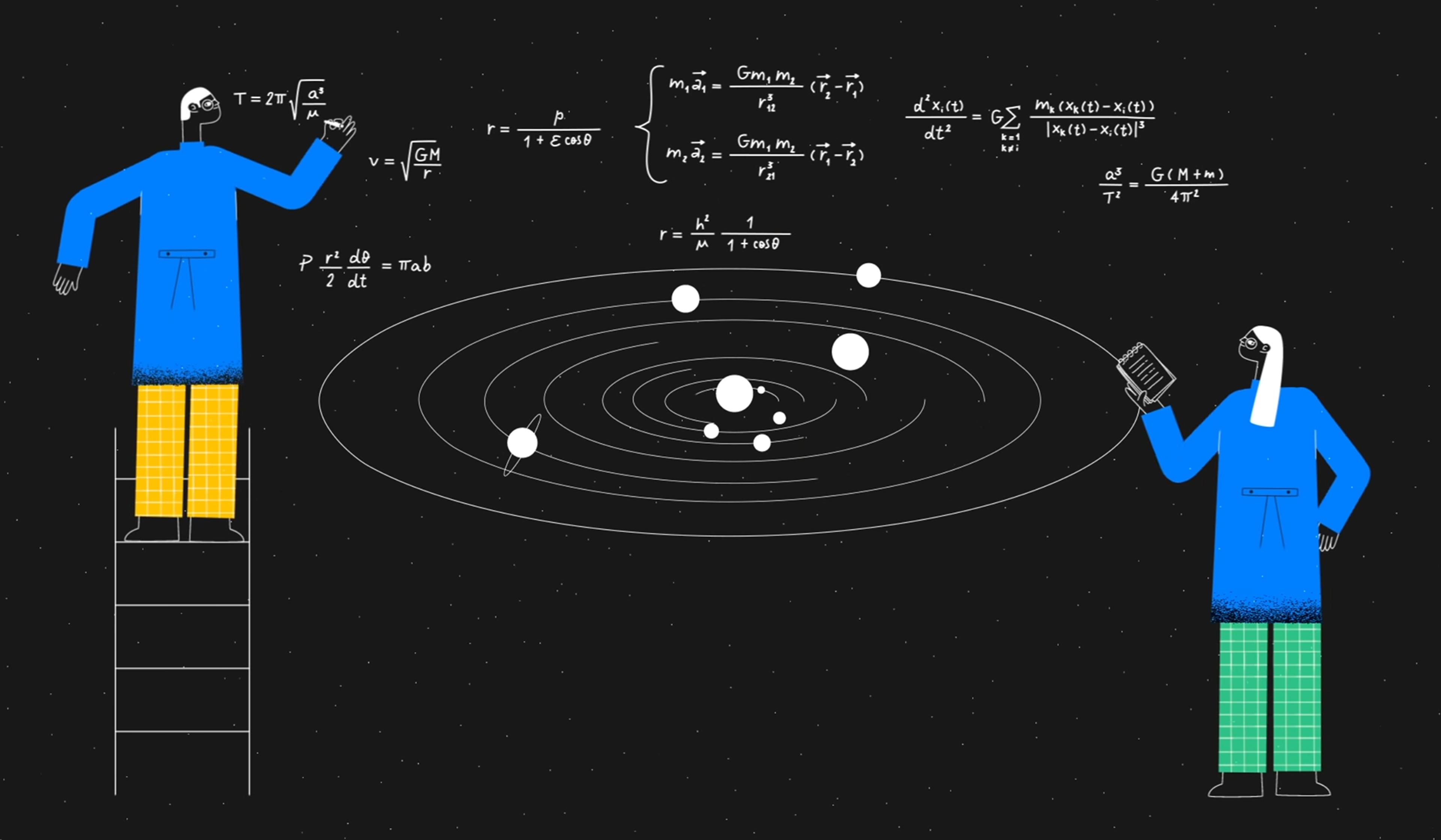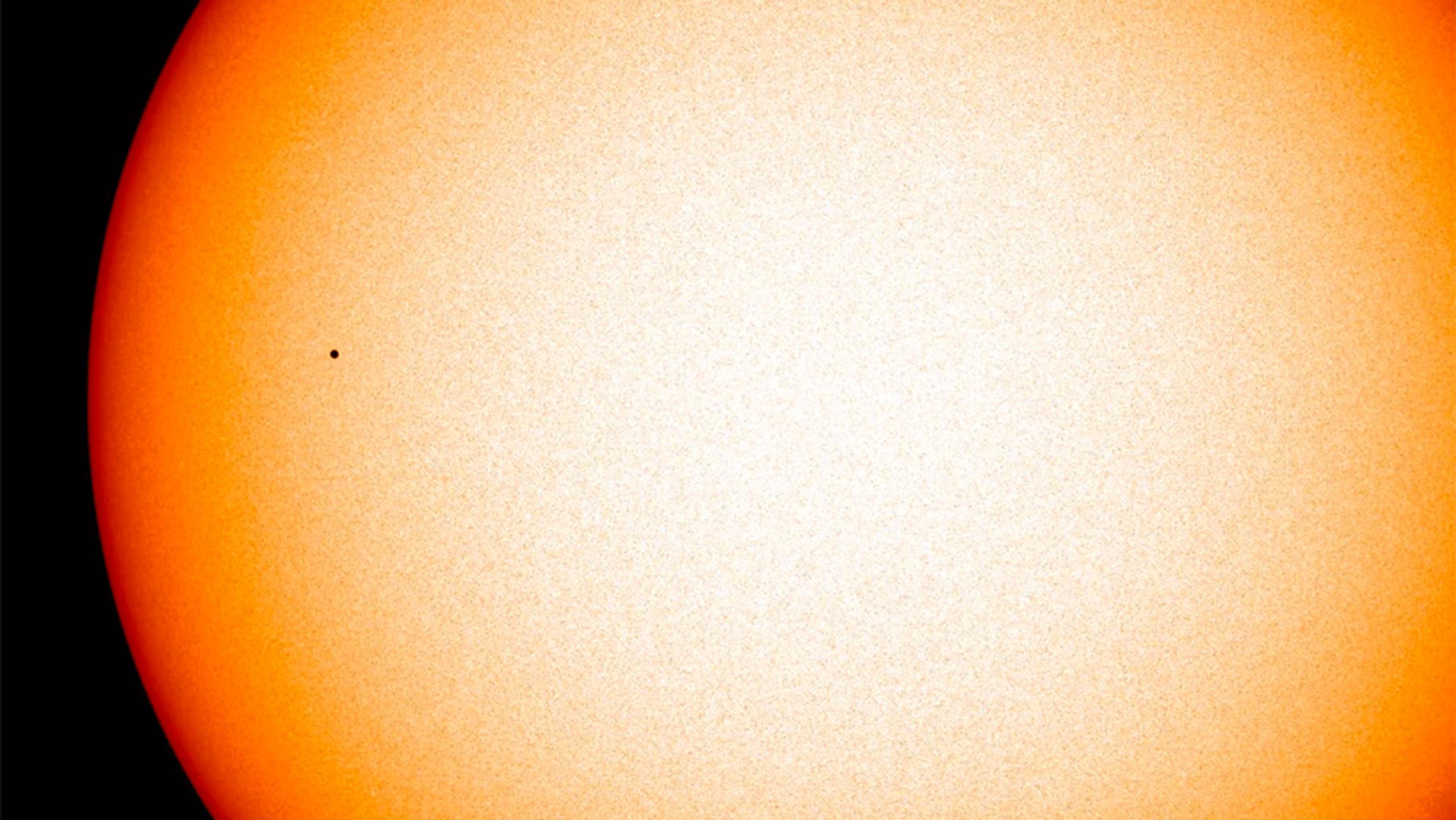That the Moon orbits Earth is one of the first and most basic facts most people learn about physics and astronomy. And it’s certainly intuitive enough: Earth’s only natural satellite moves across our sky each night. But, as this short from the YouTube series MinutePhysics details, if you use the Sun as your frame of reference, the truth becomes much more complicated. Explained via a series of nifty whiteboard-style animations, the video uses the Moon’s trajectory through the cosmos to explore broader, perhaps counterintuitive truths about orbital mechanics.
To change the way you see the Moon, view it from the Sun’s perspective
Video by MinutePhysics
7 November 2024

videoAstronomy
Close encounters of a different kind – what if Venus, Neptune or Saturn hovered close by?
2 minutes

videoDeep time
It might be our placid nocturnal companion, but the Moon has a turbulent past
3 minutes

videoAstronomy
A massive collision, or something stranger? An epic exploration of lunar origin theories
15 minutes

videoHistory of science
Ideas ‘of pure genius’ – how astronomers have measured the Universe across history
29 minutes

videoAstronomy
The remarkable innovations inspired by our need to know the night sky
5 minutes

videoKnowledge
Models are always imperfect, and the ones we choose greatly shape our experience
3 minutes


